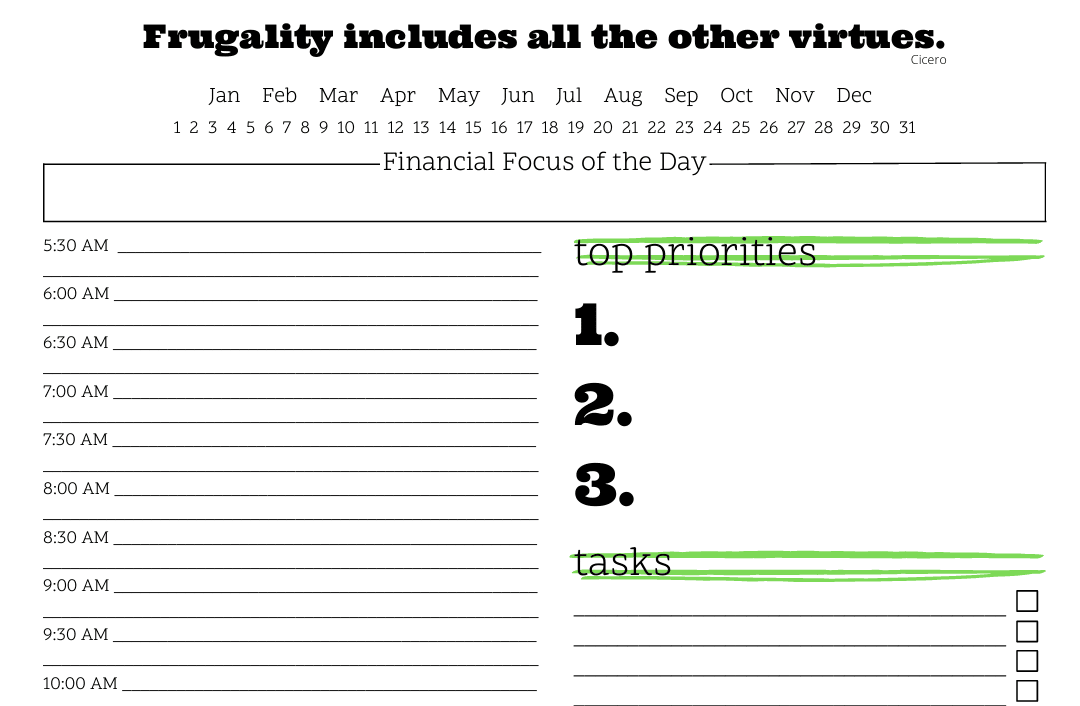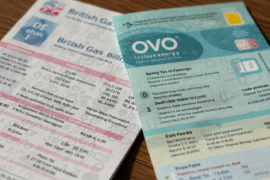This article may contain references to products or services from one or more of our advertisers or partners. We may receive compensation when you click on links to those products or services. Nonetheless, our opinions are our own.
The information presented in this article is accurate to the best of our knowledge at the time of publication. However, information is subject to change, and no guarantees are made about the continued accuracy or completeness of this content after its publication date.
- Key Highlights
- Introduction
- Understanding Dropshipping: A Primer
- Identifying Your Niche: The First Step to Dropshipping Success
- Beginner’s Guide to Setting Up Your Dropshipping Business
- Step-by-Step Guide: Launching Your Dropshipping Business
- Scaling Your Dropshipping Business
- Avoiding Common Dropshipping Pitfalls
- Case Studies: Lessons from Successful Dropshipping Stores
- Conclusion
- Frequently Asked Questions
- Recommended Reads
Key Highlights
- Leverage dropshipping to find in-demand products that boost your sales quickly.
- Learn market trends, product selection strategies, and effective marketing tactics.
- Master step-by-step guidance to set up and manage your dropshipping business.
- Explore proven marketing strategies like social media, SEO, and email marketing.
- Discover success stories of profitable dropshipping stores and their key takeaways.
- Avoid common pitfalls and learn solutions to overcome challenges effectively.
Introduction
Are you considering launching an online business and looking for a low-risk, high-reward model? Dropshipping might be the perfect solution! This business model lets you run an online store without worrying about inventory or shipping. You can skyrocket your sales by choosing high-demand products and using effective marketing strategies. Let this guide walk you through finding the best products and building a successful dropshipping business.
Understanding Dropshipping: A Primer
What Is Dropshipping and How Does It Work?
Dropshipping is a retail business model where you sell products without holding inventory. When a customer orders, the product is sourced from a supplier who ships it directly to the buyer. This setup eliminates your need to manage stock or handle fulfillment logistics.
For example:
- A customer orders a phone case from your online store.
- You forward the order details to your supplier.
- The supplier ships the product directly to the customer.
This streamlined process lets you focus on marketing and customer service while reducing upfront costs.
Why Choose Dropshipping for Your Online Store?
- Low Startup Costs: No need to invest in inventory upfront.
- Flexibility: Easily expand or adjust your product offerings.
- Scalability: Suppliers handle fulfillment, making it easy to manage increased demand.
- Wide Product Range: Sell diverse items without storage limitations.
Identifying Your Niche: The First Step to Dropshipping Success
Why Niche Selection Matters
A well-defined niche allows you to:
- Tailor your products and marketing to meet specific audience needs.
- Stand out in a crowded market.
- Build customer loyalty and a strong brand identity.
Top Criteria for Selecting a Profitable Niche
- Market Demand: Use tools like Google Trends to identify trending products.
- Competition Analysis: Choose a niche with manageable competition.
- Profit Margins: Ensure your niche offers products with sufficient markup potential.
By thoroughly researching these factors, you can identify a niche with strong growth potential and a ready customer base.
Voted "Best Overall Budgeting App" by Forbes and WSJ
Monarch Money helps you budget, track spending, set goals, and plan your financial future—all in one app.
Get 50% OFF your first year with code MONARCHVIP
Beginner’s Guide to Setting Up Your Dropshipping Business
Essential Tools and Resources
- E-commerce Platforms: Shopify and WooCommerce are beginner-friendly and flexible.
- Product Research Tools: Utilize AliExpress Dropshipping Center or SaleHoo for product insights.
- Marketing Tools: Social media schedulers like Buffer or analytics tools like Google Analytics.
Setting Up Your Dropshipping Store
- Choose a Domain Name: Reflect your brand and niche.
- Design Your Store: Use user-friendly templates with an appealing layout.
- Add Products: Include high-quality images, compelling descriptions, and competitive prices.
- Set Up Payment Methods: Enable secure payment options like PayPal or Stripe.
Step-by-Step Guide: Launching Your Dropshipping Business
Step 1: Conduct Market Research
Analyze demand using tools like Google Trends, and monitor competitors’ strategies to identify profitable products.
Step 2: Partner with Reliable Suppliers
Work with trusted suppliers on platforms like AliExpress or Spocket. Always test product samples for quality assurance.
Step 3: Add Products to Your Store
Organize products into clear categories, and use SEO-optimized descriptions to improve search visibility.
Step 4: Set Up Shipping Options
Offer multiple shipping tiers and clearly communicate delivery timelines to customers.
Step 5: Launch Your Marketing Campaign
Leverage targeted social media ads, influencer collaborations, and SEO to drive traffic and boost conversions.
Scaling Your Dropshipping Business
Analyze Your Data
- Track metrics like conversion rates, average order value, and customer acquisition cost.
- Use data insights to refine your product offerings and marketing strategies.
Expand Your Product Line
- Add complementary products to appeal to your existing customers.
- Regularly research emerging trends to keep your store relevant.
Embrace Automation
- Automate repetitive tasks like order processing and email campaigns to improve efficiency.
Avoiding Common Dropshipping Pitfalls
Supplier Issues
- Maintain open communication with suppliers.
- Have backups ready for high-demand products.
Customer Service Challenges
- Respond promptly and professionally to customer inquiries.
- Simplify return and refund processes for a better experience.
Market Saturation
- Stay ahead by tracking trends and experimenting with new product categories.
Case Studies: Lessons from Successful Dropshipping Stores
Strategies They Used
- Focused on a specific niche and built a strong brand presence.
- Leveraged social proof through reviews and testimonials.
- Used upselling and cross-selling techniques to increase average order value.
Key Takeaways
- Build strong supplier relationships for consistent quality.
- Continuously test new marketing strategies to optimize performance.
- Stay adaptable to changing consumer preferences and market conditions.
Conclusion
Dropshipping offers a unique opportunity to build a successful online business with minimal risk. By selecting high-demand products, refining your marketing efforts, and staying adaptable to market trends, you can create a thriving store. Remember to focus on customer satisfaction and keep evolving your strategies to stay ahead of the competition. Start your dropshipping journey today and turn your entrepreneurial dreams into reality.
Frequently Asked Questions
What Are the Most Profitable Products for Dropshipping?
Look for products in trending niches like pet supplies, beauty tools, and tech accessories. Use product research tools to validate demand.
How Much Money Do I Need to Start Dropshipping?
The startup cost depends on your platform, marketing budget, and product sourcing. On average, $200–$500 is a good starting point.
Can I Dropship Internationally?
Yes, but consider shipping costs, delivery times, and customs regulations when serving global customers.
What Are the Best Tools for Automation?
Tools like Oberlo (for product imports) and Mailchimp (for email campaigns) can streamline your operations.

Reviewed and edited by Albert Fang.
See a typo or want to suggest an edit/revision to the content? Use the contact us form to provide feedback.
At FangWallet, we value editorial integrity and open collaboration in curating quality content for readers to enjoy. Much appreciated for the assist.
Did you like our article and find it insightful? We encourage sharing the article link with family and friends to benefit as well - better yet, sharing on social media. Thank you for the support! 🍉
Article Title: Best Products for Dropshipping: High-Demand Products That Will Skyrocket Your Sales
https://fangwallet.com/2025/01/08/best-products-for-dropshipping/The FangWallet Promise
FangWallet is an editorially independent resource - founded on breaking down challenging financial concepts for anyone to understand since 2014. While we adhere to editorial integrity, note that this post may contain references to products from our partners.
The FangWallet promise is always to have your best interest in mind and be transparent and honest about the financial picture.
Become an Insider

Subscribe to get a free daily budget planner printable to help get your money on track!
Make passive money the right way. No spam.
Editorial Disclaimer: The editorial content on this page is not provided by any of the companies mentioned. The opinions expressed here are the author's alone.
The content of this website is for informational purposes only and does not represent investment advice, or an offer or solicitation to buy or sell any security, investment, or product. Investors are encouraged to do their own due diligence, and, if necessary, consult professional advising before making any investment decisions. Investing involves a high degree of risk, and financial losses may occur including the potential loss of principal.
Source Citation References:
+ Inspo












































